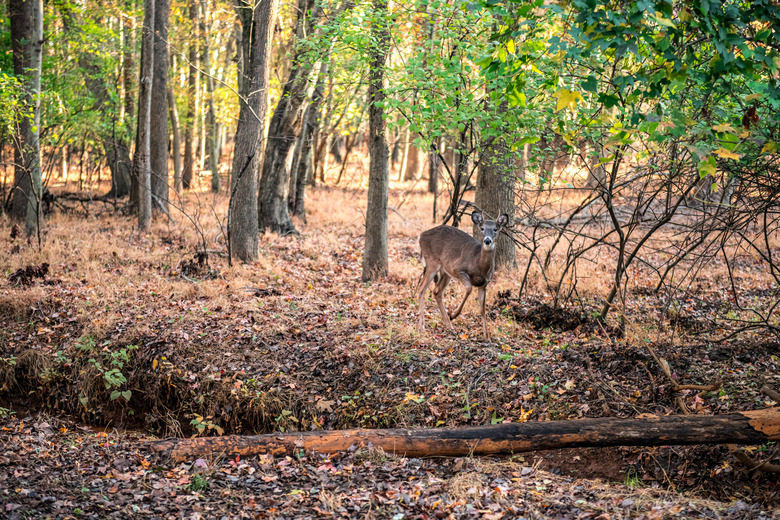Why Is Heredity Important To Living Organisms?
Heredity is important to all living organisms as it determines which traits are passed from parent to child. Successful traits are more frequently passed along and over time can change a species. Changes in traits can allow organisms to adapt to specific environments for better rates of survival.
Facts
Facts
Heredity occurs in all living organisms. When a cell makes an exact copy of itself, known as mitosis, two duplicate cells are created. All traits are passed on by this simple duplication. Meiosis is a different process using chromosomes from two parents and combing into a new organism. The new organism will have characteristics from both parents. This combination allows a large variation between individuals and provides opportunity for more successful traits to be passed on. Successful traits become dominant and are passed on more frequently than recessive traits.
History
History
Ancient breeders discovered heredity by observing domesticated animals and their offspring. Selective breeding of animals has been used as far back as ancient Egypt to improve species. Cross-pollination of plants in this respect has a long history too. Theories about the method of passing traits from parent to child have changed as scientific methods have been developed. A major breakthrough came when Gregor Mendel used cross-pollination of pea plants in the 1860's to demonstrate heredity in specific traits. This was the beginning of genetics.
Significance
Significance
Heredity and genetic studies have evolved as scientific methods have discovered chromosomes, genes and DNA. Manipulating chromosomes through cross-pollination has developed plants that are resistant to heat, drought and insects, thereby increasing food production. Identifying genes that can cause birth defects is the first step in preventing or treating those defects. DNA testing has had huge impacts on criminal justice systems. Studies around genetics and heredity continue to develop new insights in medicine and agriculture worldwide. And gene mapping promises discoveries well beyond what scientists have discovered so far.
Habitats
Habitats
All living organisms have specific traits that make them unique. Evergreens have leaves shaped like needles but they are still trees. Specific genes of the parent pass individual traits to the child. Evergreen trees developed when trees with needle-like leaves survived and reproduced in environments where other trees did not survive. Sometimes when organisms are cut off from a larger population these changes can become very specific to their habitat. Marine iguanas are found only in the Galapagos Islands because the islands are cut off from all other land. These animals have developed specific traits such as the ability to submerge in saltwater. Extremes in habitat can affect the traits that are passed from parent to child. Deep-sea anglerfish use an extra long spine that glows to lure fish. Anglerfish in shallower waters also use a long spine as a lure, but theirs does not glow, as they do not live in the dark.
Potential
Potential
Understanding heredity improves the ability to predict and control what traits are passed from parent to child. Agriculture can produce more food in areas that were previously unable to support crops when plants are bred to live in more extreme climates. Animals can be bred for specific purposes as needed for food or labor. Medical treatments can be developed for birth defects and hereditary diseases. Man's understanding of heredity and genetics, and the potential uses of that knowledge, will continue to expand as scientific knowledge grows.
References
Cite This Article
MLA
Marcotte, Dawn. "Why Is Heredity Important To Living Organisms?" sciencing.com, https://www.sciencing.com/heredity-important-living-organisms-5336778/. 22 November 2019.
APA
Marcotte, Dawn. (2019, November 22). Why Is Heredity Important To Living Organisms?. sciencing.com. Retrieved from https://www.sciencing.com/heredity-important-living-organisms-5336778/
Chicago
Marcotte, Dawn. Why Is Heredity Important To Living Organisms? last modified August 30, 2022. https://www.sciencing.com/heredity-important-living-organisms-5336778/
